Photographer Tina Tyrell: ‘people can become almost symbolic of themselves’
‘Through the lens’ is our monthly series that spotlights photographers who are Wallpaper* contributors. Here we explore the vision of American photographer Tina Tyrell
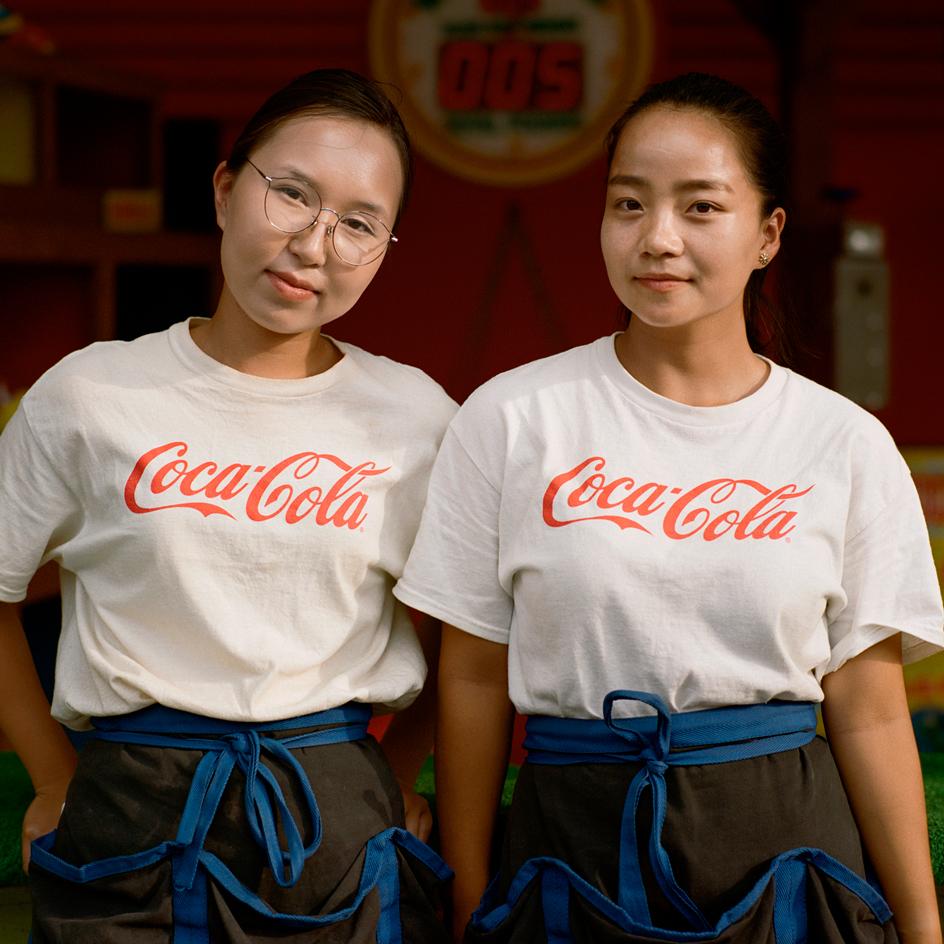
Tina Tyrell - Photography
After experimenting with photography in high school, Tina Tyrell was just 18 when she began taking pictures professionally. For the New York-based photographer, human connection is at the core of her practice. Whether she’s shooting a portrait, a fashion story or still life, insight into her subject’s interior world is the driving force. For Wallpaper’s August 2022 issue, Tyrell photographed portraits for a profile on Chilean artist Cecilia Vicuña, set against the iconic interiors of New York’s Guggenheim.
Wallpaper*: Describe your style and process
Tina Tyrell: The premise of the portrait has always been my main interest. I have been taking photos almost my entire life and that continues to always be true for me. I feel like people are the most endlessly fascinating and timeless subjects. I love trying to connect with them in ways that feel deliberate but still a little disarming. I often have subjects approach the camera gazing straight into the lens, almost like they have been captured.
In that formal sense, people can become almost symbolic of themselves. But it’s a bit unresolved. Also, they have to trust me, so there is this social dance that happens at the time of the picture-taking that is interesting. I have a hard time when someone doesn’t trust me. It usually shows up in the picture. But I have to think to myself, ’I have to get through this with them; once I do, the photo will live on past this moment.’ So literally and figuratively, there’s a story that happens before the picture is taken and one that happens after.

Artist Cecilia Vicuña photographed by Tina Tyrell at the Guggenheim Museum, New York, in June 2022
W*: How did you approach the portrait shoot with Cecilia Vicuña?
TT: Well, first of all, she’s a great artist, and the opportunity to shoot her at the Guggenheim (where she is currently holding a retrospective) was not to be missed! When she came into the space, she physically resembled her artwork. She had these interesting pose ideas, which made her look almost like she was installed in the space. It was the perfect situation for me to do a portrait of an artist. I could focus just on her. I didn’t need to show her standing next to her work because she already fully communicates it.
W*: What do you think is the most interesting thing about photography now?
TT: I think now we’re in a pretty good place with photography and how it’s regarded within culture, but that wasn’t the case for a long time. The internet and I were coming of age at the same time, in the early 2000s. I’d just graduated from art school and suddenly within the span of about three years, everything became digital. It took me a long time to make peace with that because it [coincided] with a long period of reduced budgets, reduced time, fewer outlets available and [a change in] the general regard for photography. Also, I was still in love with the magic of developing film, printing in the darkroom — light hitting photosensitive paper. That process had mostly gone away from the commercial/professional world I had just entered into. Now film [photography] has returned, [but it’s more] niche.
And there is this interesting irony; with the rapid consumption of images, I think the image itself does better to be slow. The general eye is extremely sophisticated. So there are these kinds of ironies that you can never predict. At this point, it’s almost like there is nothing more important than a photograph. A photograph is The World. It is used as the primary means to communicate everything. It allows us to be everywhere all at once. It’s an interesting moment in the story of the medium and one that I’m not sure anyone could have quite predicted.
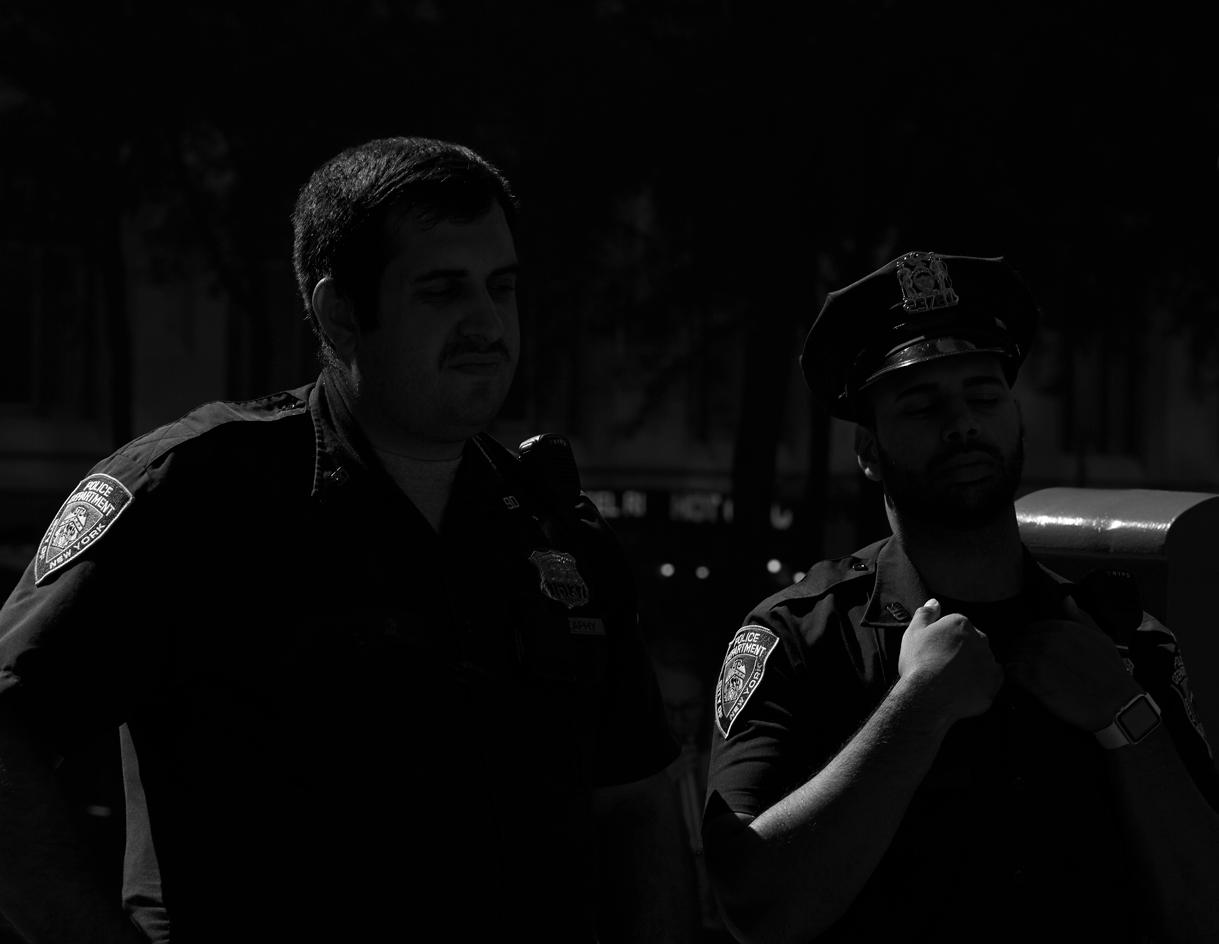
Cops in Shadow
W*: What’s on your radar?
TT: There has been this dislocation of the way time and communication have occurred over the past two years. We have had to define and present ourselves in the way we meet each other online, a space that is only partially human. I think the result of this has been an unfortunate tightening of our actual humanity which is large, messy and complex.
Wallpaper* Newsletter
Receive our daily digest of inspiration, escapism and design stories from around the world direct to your inbox.
I think this is why I continue to be interested in portraits because I like how they are representative of something more universal about people. They are not transient the way life online is, they transcend all that. And with photography’s X factor, which is time, that fact becomes all the more clear. Time both connects and disconnects everything. I love to look at old photographs, particularly those of anonymous people and stare into their faces and imagine who they were. I’ve done that since I was a child. So I guess all of my projects have that as a baseline memory. Photography is a useful tool relative to memory.
W*: What’s next for you this year?
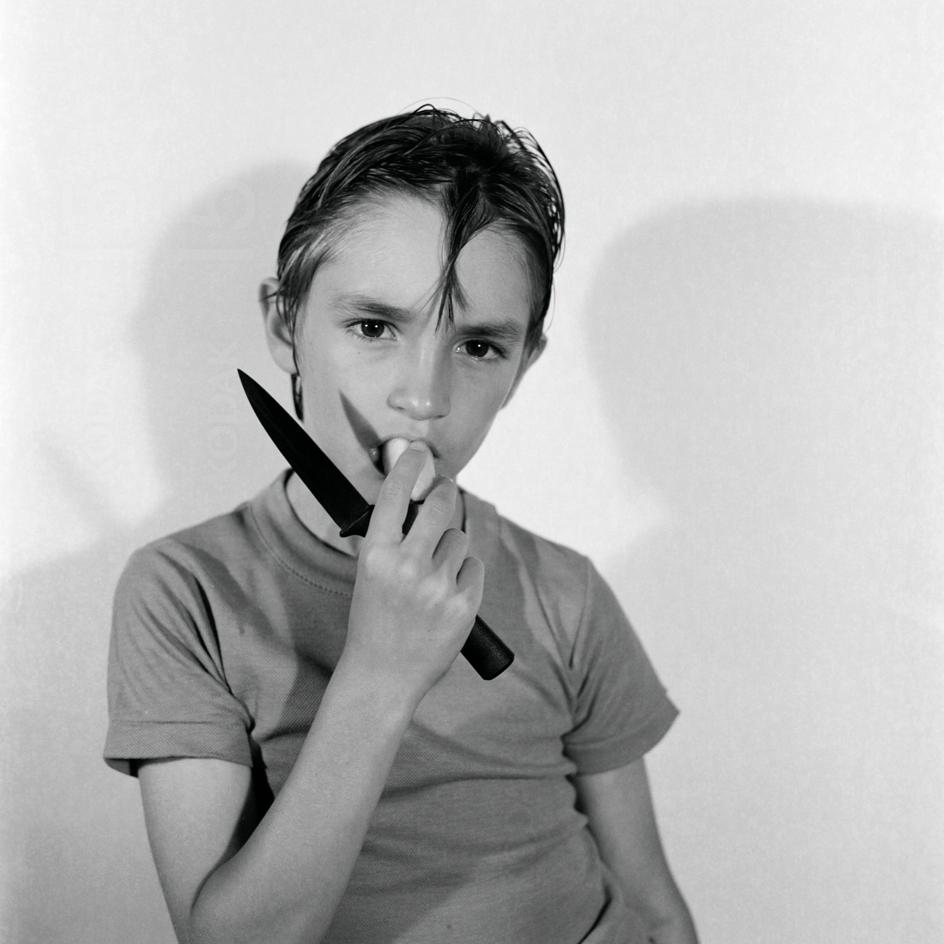
Black Knife
TT: I’m working on a show. As you can see my mind is not terribly interested in things that are very specific. Yet my portraits are not abstract; the portraits are very clear and forthcoming as a portrait of a person that exists, that’s real.
So I’m thinking about how the show could be about how photography holds a split second in time that existed and will never happen again. But then it also infers an entire space of time when there wasn’t a picture taken, there’s all the space in between before and after that. So it’s the way the chosen photographs interact with each other to try and tell that story. People are always in process, it is photography that stops that process.
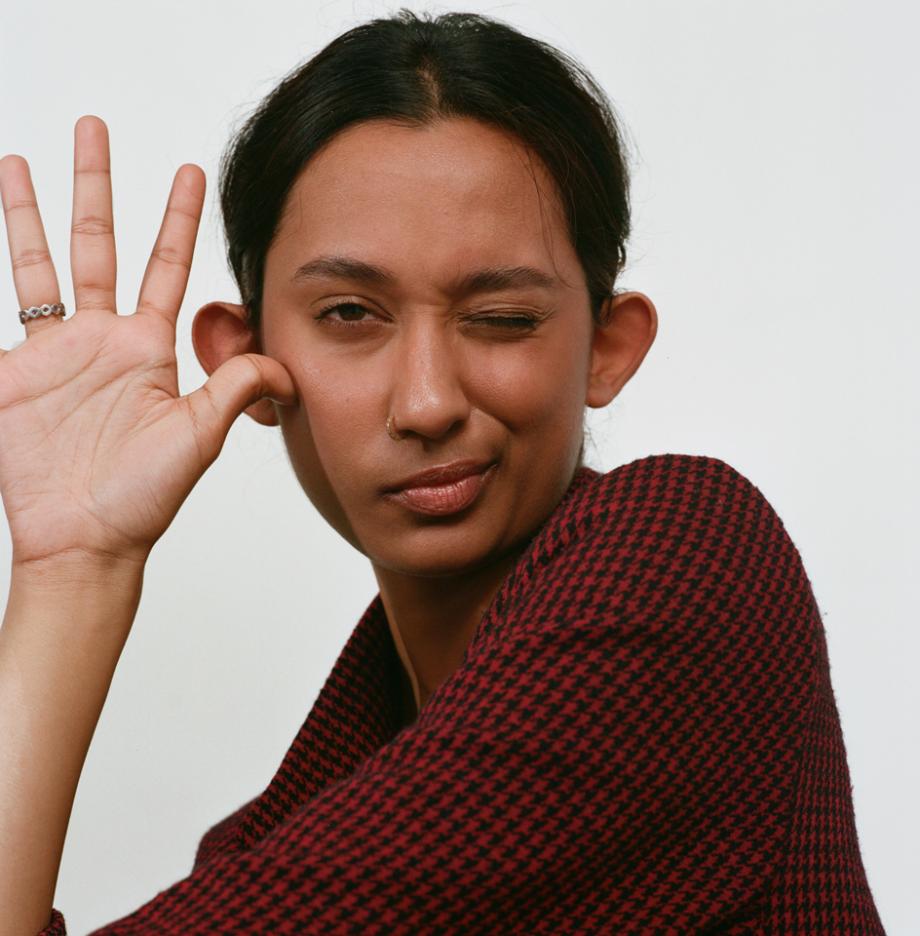
Tirtha Wink
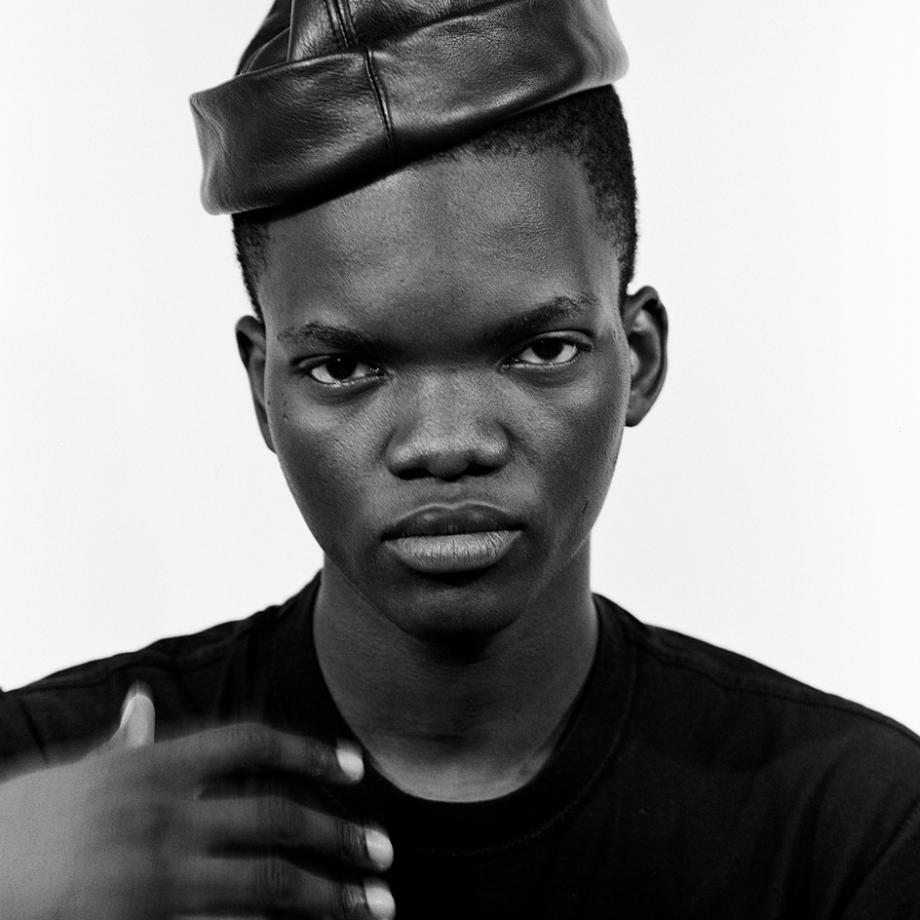
Sosa Hand
INFORMATION
As Photography Editor at Wallpaper*, Sophie Gladstone commissions across fashion, interiors, architecture, travel, art, entertaining, beauty & grooming, watches & jewellery, transport and technology. Gladstone also writes about and researches contemporary photography. Alongside her creative commissioning process, she continues her art practice as a photographer, for which she was recently nominated for the Foam Paul Huf Award. And in recognition of her work to date, listed by the British Journal of Photography as ‘One to Watch’.
-
 ‘Humour is foundational’: artist Ella Kruglyanskaya on painting as a ‘highly questionable’ pursuit
‘Humour is foundational’: artist Ella Kruglyanskaya on painting as a ‘highly questionable’ pursuitElla Kruglyanskaya’s exhibition, ‘Shadows’ at Thomas Dane Gallery, is the first in a series of three this year, with openings in Basel and New York to follow
By Hannah Silver
-
 Australian bathhouse ‘About Time’ bridges softness and brutalism
Australian bathhouse ‘About Time’ bridges softness and brutalism‘About Time’, an Australian bathhouse designed by Goss Studio, balances brutalist architecture and the softness of natural patina in a Japanese-inspired wellness hub
By Ellie Stathaki
-
 Marylebone restaurant Nina turns up the volume on Italian dining
Marylebone restaurant Nina turns up the volume on Italian diningAt Nina, don’t expect a view of the Amalfi Coast. Do expect pasta, leopard print and industrial chic
By Sofia de la Cruz
-
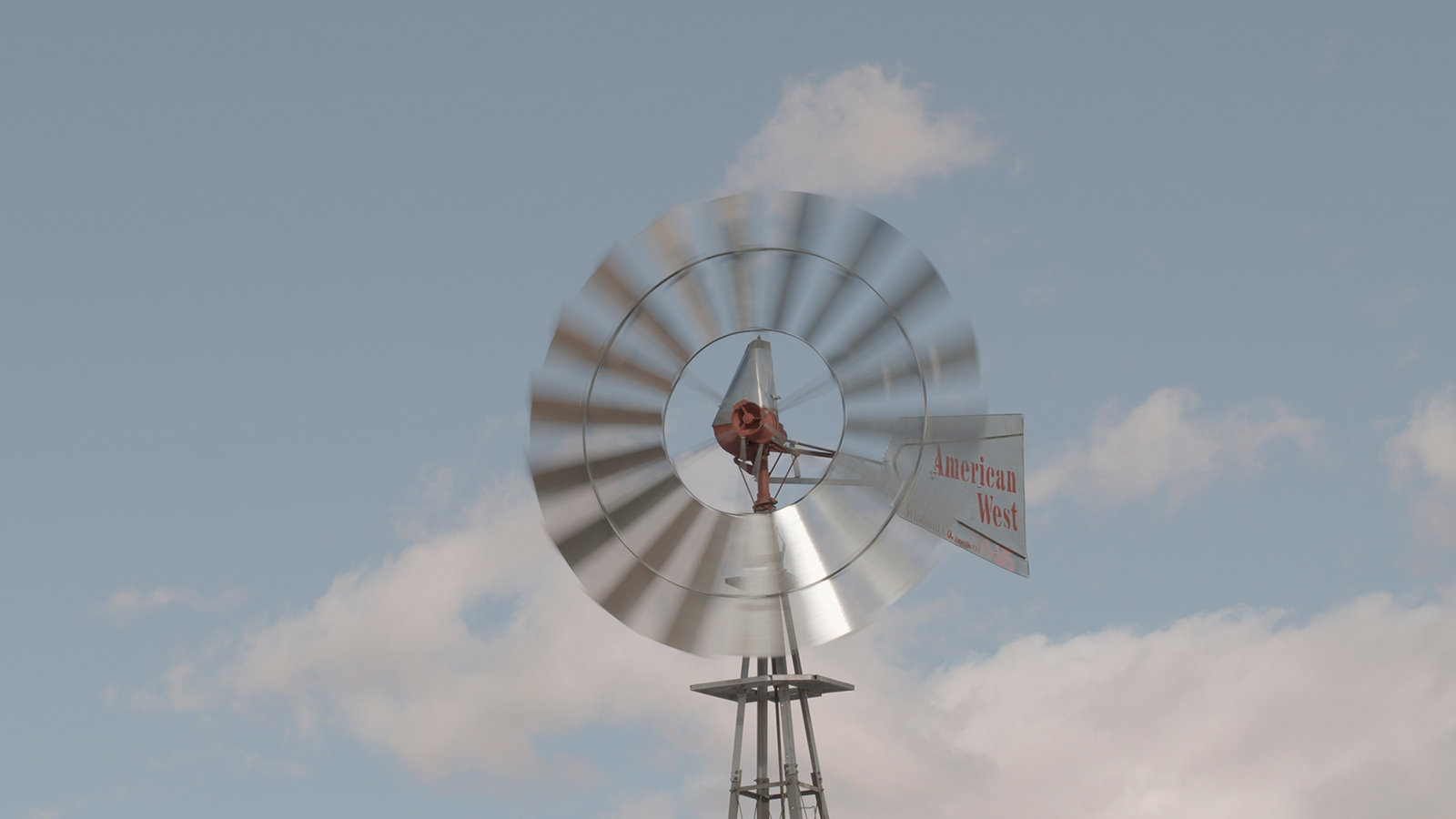 Felicia Honkasalo on creative obsessions, gothic horror, and the sci-fi world of AI photography
Felicia Honkasalo on creative obsessions, gothic horror, and the sci-fi world of AI photographyExplore the vision of Helsinki-based artist Felicia Honkasalo in ‘Through the lens’, our monthly series spotlighting photographers who are Wallpaper* contributors
By Sophie Gladstone
-
 Photographer Maisie Cousins on nostalgia, impulsive making and ‘collecting useless things’
Photographer Maisie Cousins on nostalgia, impulsive making and ‘collecting useless things’Explore the vision of British artist Maisie Cousins in ‘Through the lens’, our monthly series spotlighting photographers who are Wallpaper* contributors
By Sophie Gladstone
-
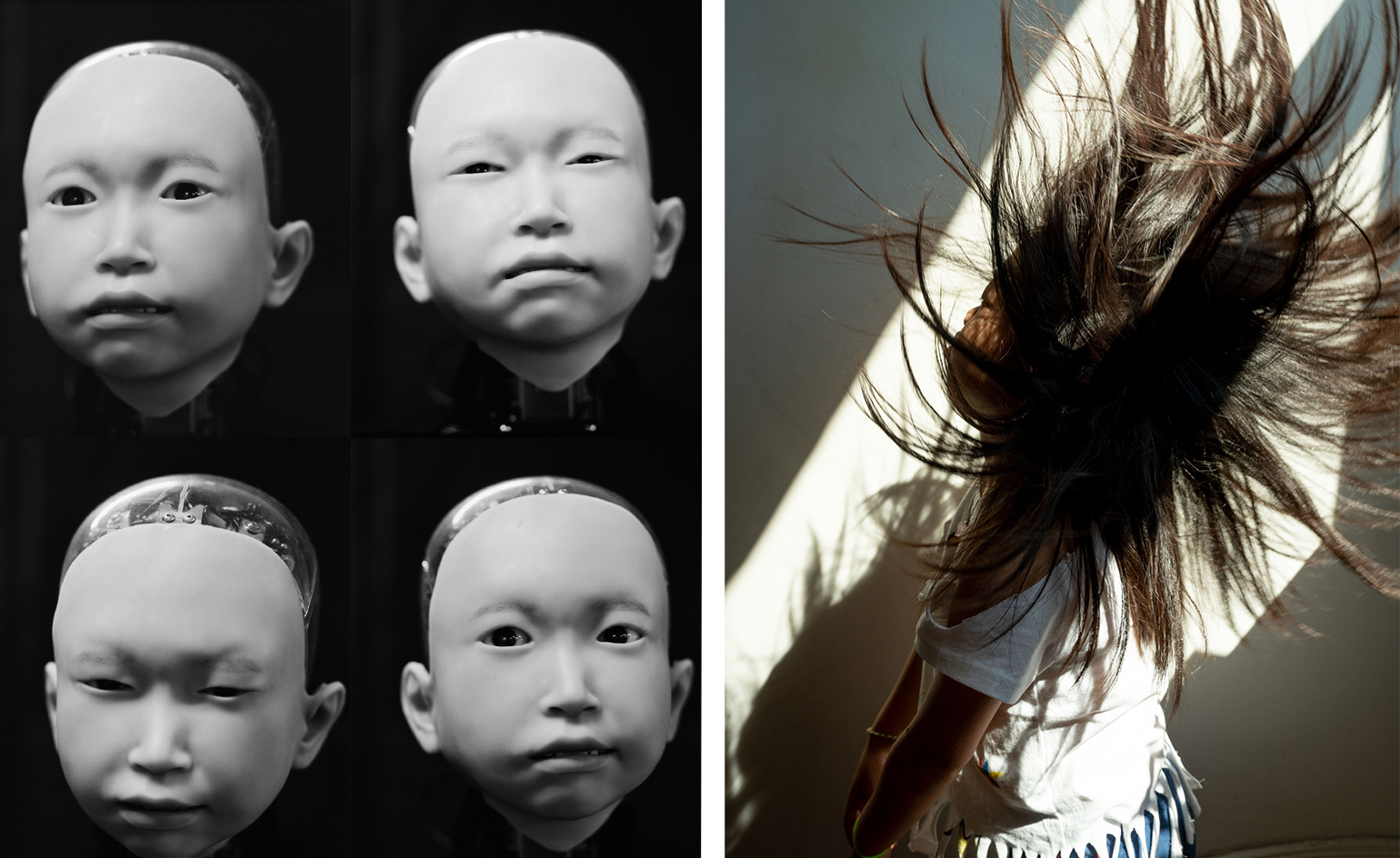 Olivia Arthur on expanding photography and minimising preconceptions
Olivia Arthur on expanding photography and minimising preconceptions‘Through the lens’ is our monthly series that spotlights photographers who are Wallpaper* contributors. Here we explore the vision of Magnum photographer Olivia Arthur
By Sophie Gladstone
-
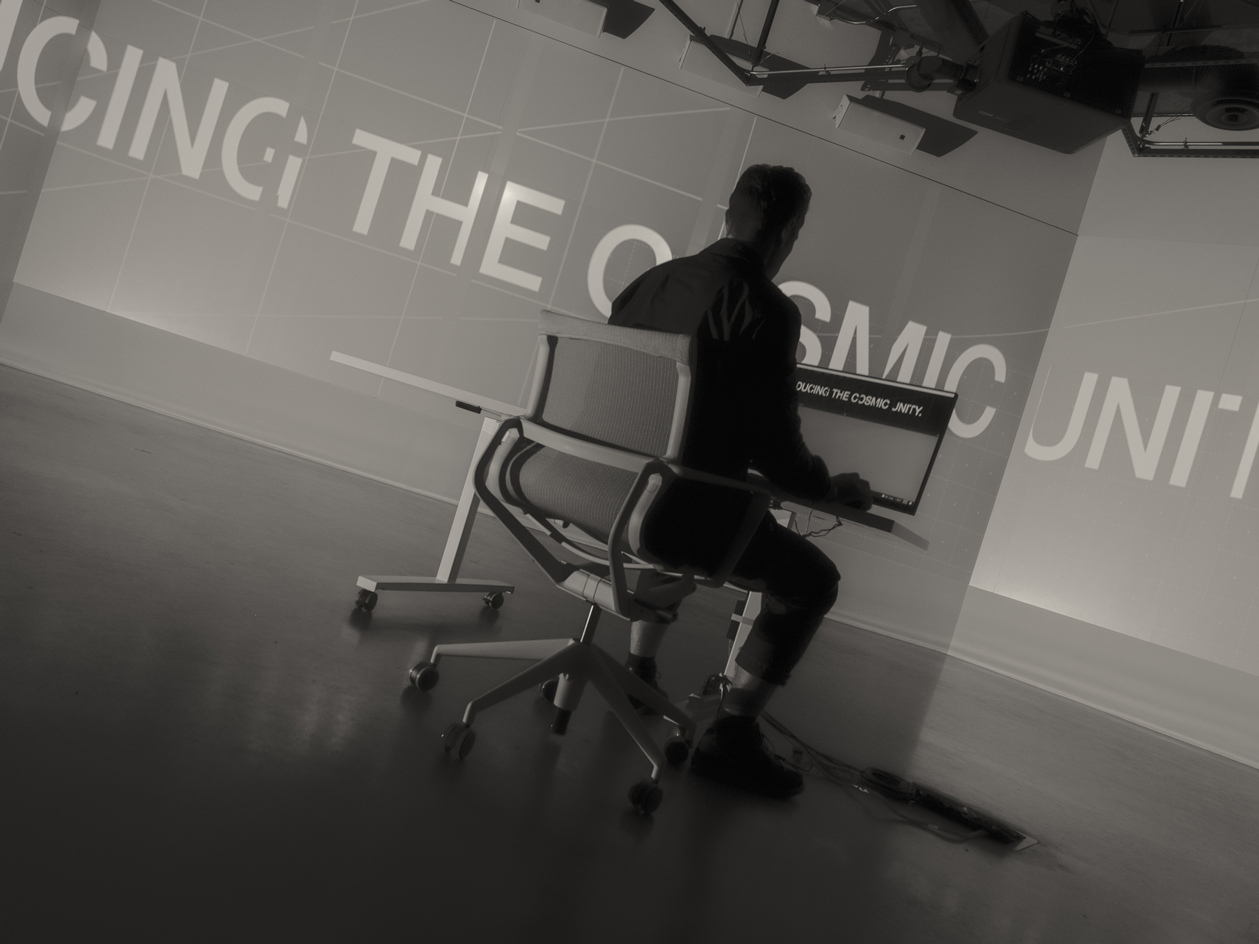 Photographer Mahmoud Mfinanga: ‘eBay is still one of the purest places on the internet’
Photographer Mahmoud Mfinanga: ‘eBay is still one of the purest places on the internet’‘Through the lens’ is our monthly series that spotlights photographers who are Wallpaper* contributors. Here we explore the vision of Mahmoud ‘Mo’ Mfinanga
By Sophie Gladstone
-
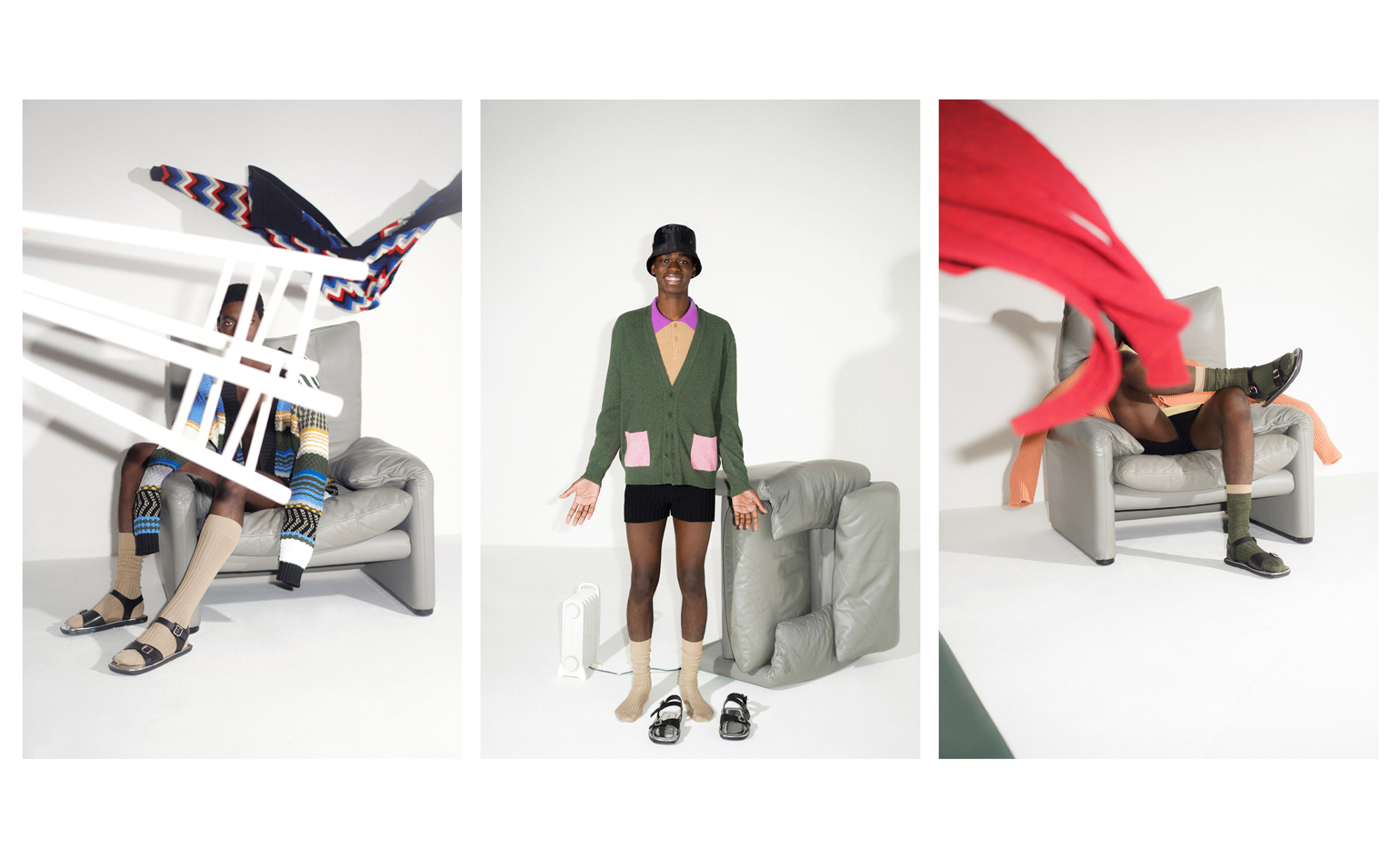 Guy Bolongaro on animals, book swaps, and photography as therapy
Guy Bolongaro on animals, book swaps, and photography as therapy‘Through the lens’ is our monthly series that throws the spotlight on photographers who are Wallpaper* contributors. Here we explore Guy Bolongaro’s vision further
By Sophie Gladstone
-
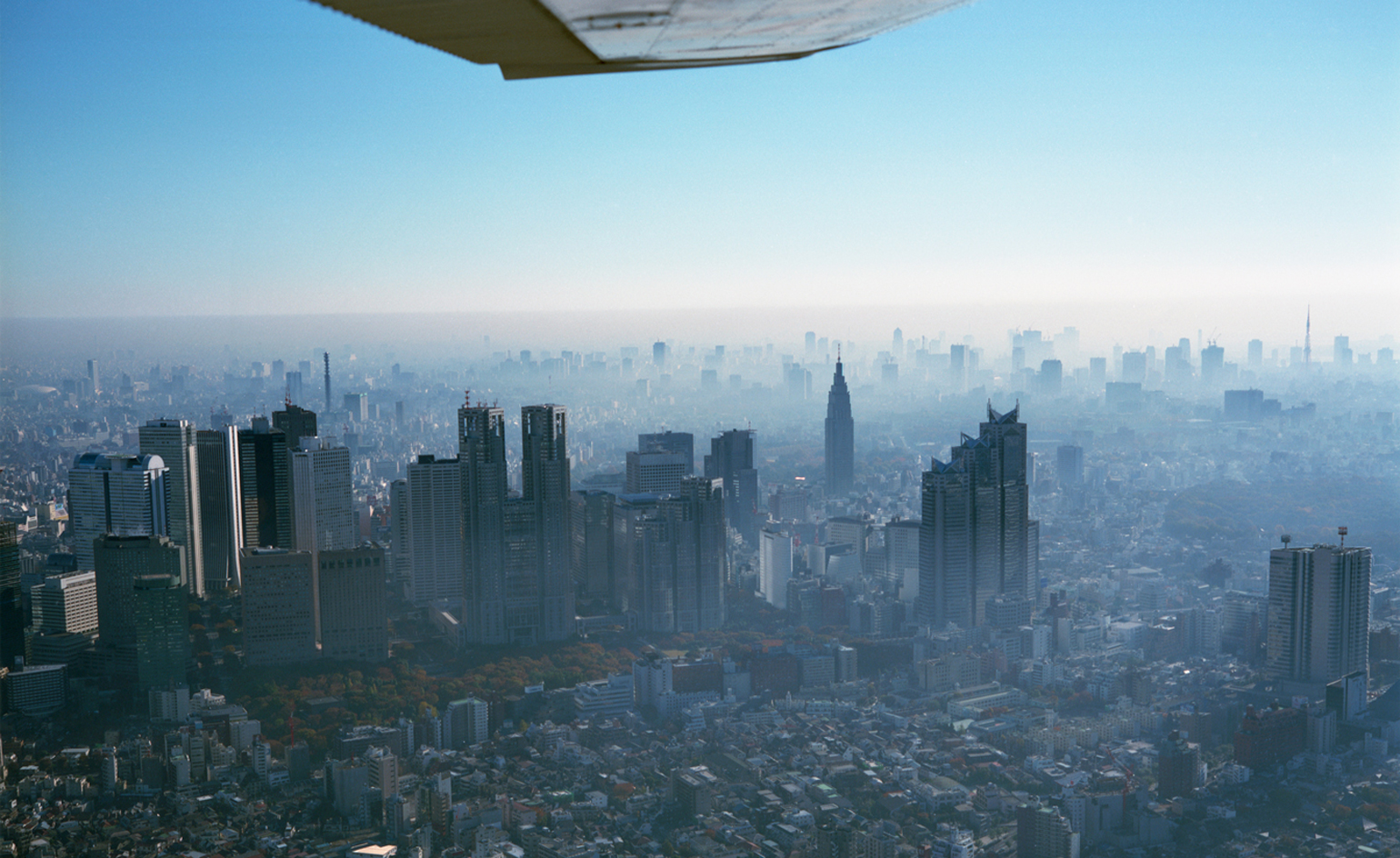 Photographer Takashi Homma on Bach, punk and working with ‘no preparation’
Photographer Takashi Homma on Bach, punk and working with ‘no preparation’‘Through the lens’ is our monthly series that throws the spotlight on photographers who are Wallpaper* contributors. Here we explore Takashi Homma’s vision further
By Sophie Gladstone
-
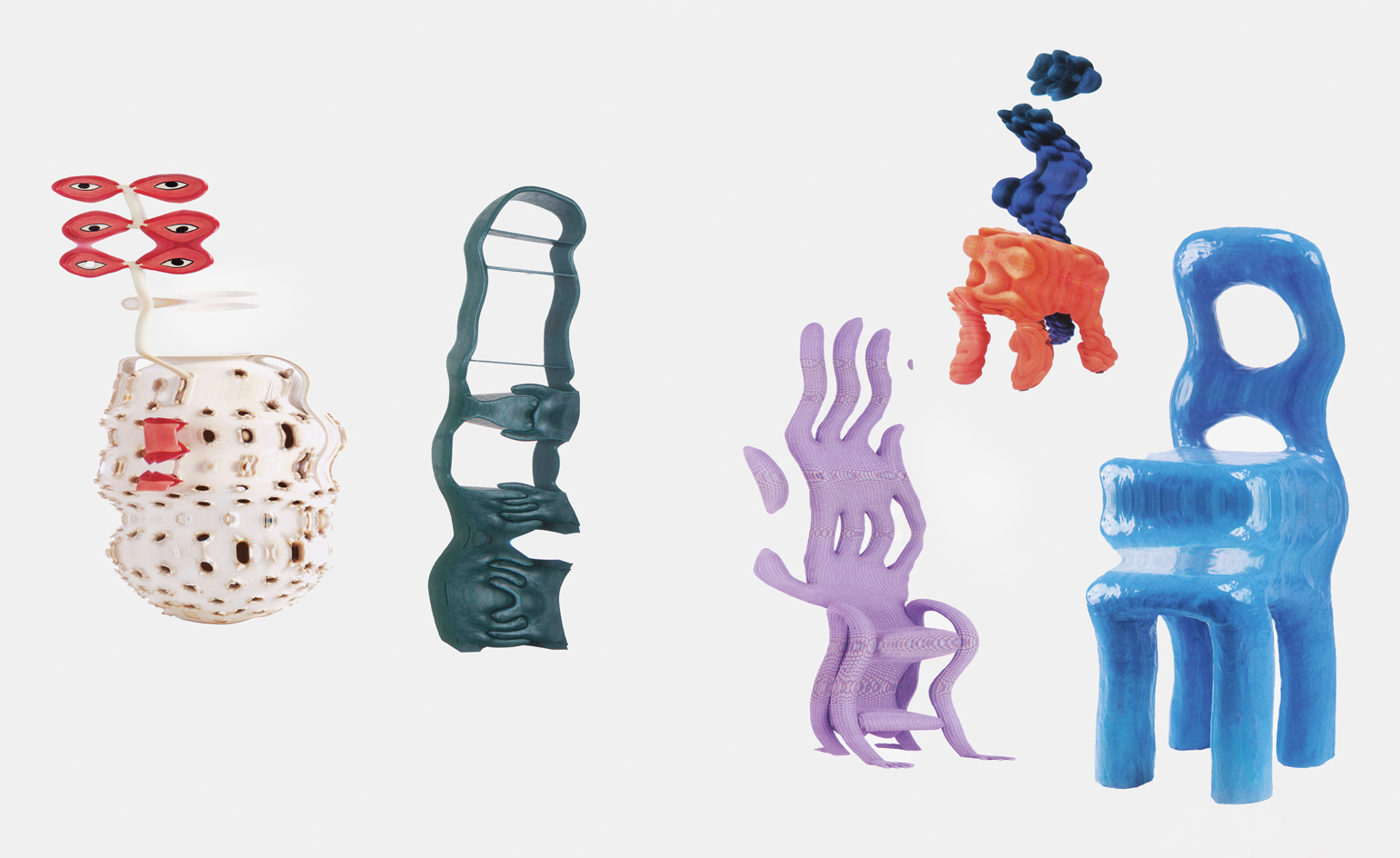 Keisuke Otobe on image-making like a DJ: ‘Instead of scratching music, I scratch photographs’
Keisuke Otobe on image-making like a DJ: ‘Instead of scratching music, I scratch photographs’In this month’s ‘through the lens’ profile, Keisuke Otobe discusses democratising photography, using a photocopier as a camera, and shooting surrealist furniture for the Wallpaper* Design Awards 2022
By Sophie Gladstone
-
 Luke Evans: ‘Usually I spend 95 per cent of the creative time overthinking’
Luke Evans: ‘Usually I spend 95 per cent of the creative time overthinking’We look through the lens of London-based photographer Luke Evans who talks of complexity, inversion, and emotive personal work
By Sophie Gladstone